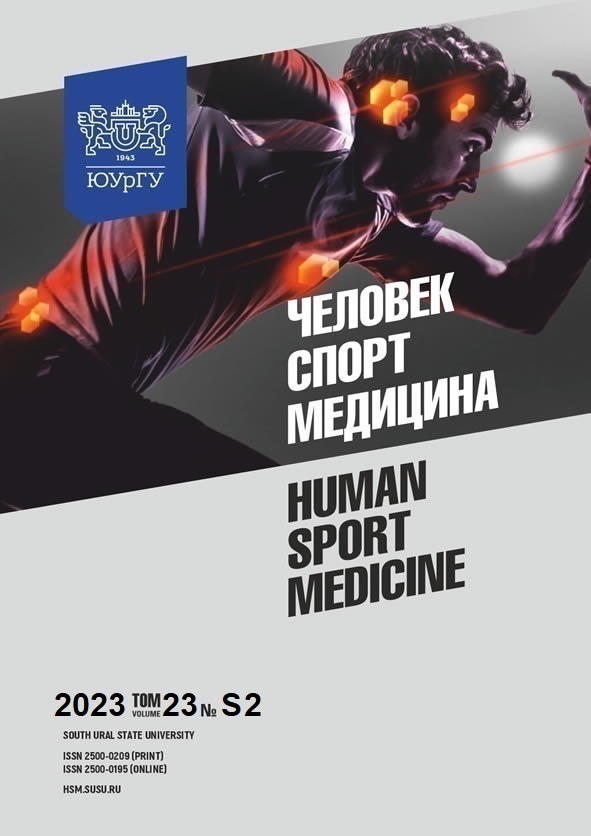COMPARATIVE ANALYSIS OF PHYSICAL FITNESS OF UNIVERSITY STUDENTS WITH GTO CRITERIA
Abstract
Aim. To test the level of physical fitness of university students. Materials and methods. The study involved first- to third-year university students (n = 557), including full-time, distant, and mixed-form students of Plekhanov Russian University of Economics (2019–2022), who received physical education lessons. During the COVID-19 pandemics, university students were tested with respect to their schedule of full-time study. Among the methods used, there were pedagogical observation, pedagogical experiment, and mathematical statistics. Results. In first-year students, GTO criteria showed insufficient physical fitness; at the beginning of the second year (September 2020), a decrease from baseline was recorded, while at the end of the educational process (May 2021), university students showed improved performance thanks to our experimental methodology. At the beginning of the third year of study, physical fitness almost remained at the level of the second year. The final measurements of physical fitness (May 2022) showed an increase in physical development. The results obtained were close to those of the GTO criteria (the bronze badge). Conclusions. Comparative analysis showed that the physical fitness of students at baseline changed in accordance with the study schedule (a decreased physical fitness with an online study and an increased one with a mixed form). Experimental methods contributed to a gradual adaptation of students to various learning forms, increased the level of independent daily physical activity, and improved physical fitness.
References
References on translit
Copyright (c) 2024 Human. Sport. Medicine

This work is licensed under a Creative Commons Attribution-NonCommercial-NoDerivatives 4.0 International License.















